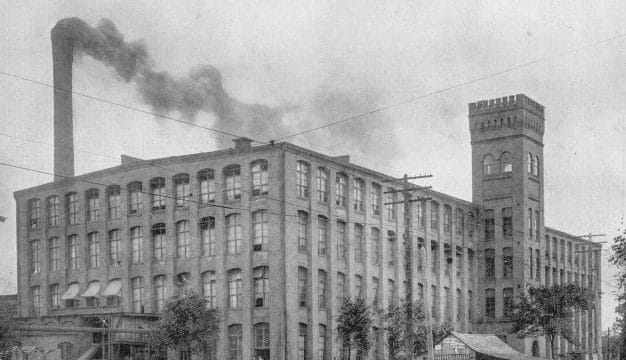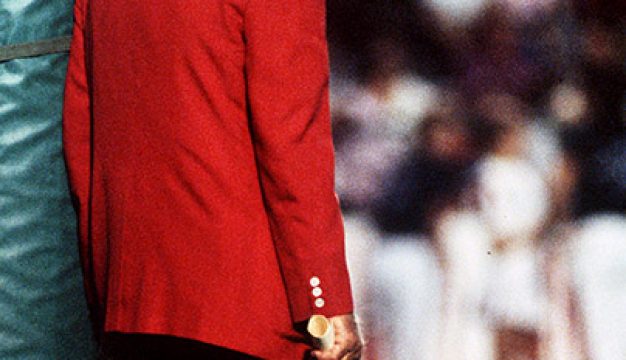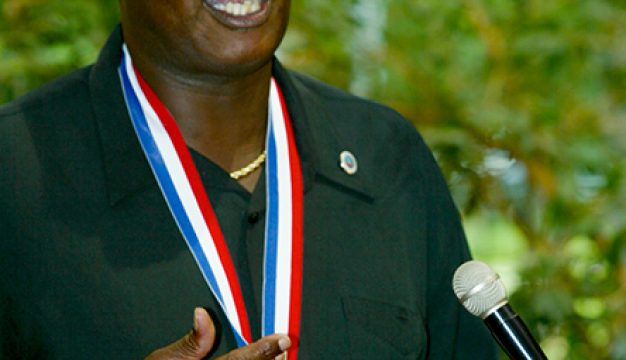Daniel Payne College
Daniel Payne College was founded in Selma, Dallas County, in 1889 and is considered by some sources to be an HBCU (historically Black college and university). Known variously as Payne Institute, Payne University, and Greater Payne University, the institution was associated with the African Methodist Episcopal Church (AME Church). The school relocated to Birmingham, Jefferson County, in 1922. Financial problems following damage from a tornado in 1977 and financial woes resulting from declining enrollment led to the college's bankruptcy and closure in 1979.
In the 1880s, Daniel Payne College was established by leading members of Alabama's AME Church to provide ministerial training and higher education opportunities. The college opened its doors on November 4, 1889, with 88 students. The original campus was located in Selma at 1525 Franklin Street and included a central building known as Gaines Hall that was made of brick and had six classrooms and an assembly room where theology and education were taught. The school also boasted a dormitory called Coppin Hall and two additional classroom buildings. By 1903, the school was officially incorporated in Selma.
The namesake of the college was AME bishop, author, and educator Daniel Alexander Payne, who was born a freeman in South Carolina in 1811. He was notable for his commitment to education and minister training, and so the school's founders wanted to honor him in some significant way. Payne was a founding member of HBCU Wilberforce University, established in Ohio in 1856 to educate African Americans; it later expanded to helping and educating people newly emancipated from slavery. Additionally, he organized the AME Church's missionary support in the South after the Civil War. He became the sixth bishop of the Church, serving in the capacity from 1852 until his death on November 2, 1893.
Daniel Payne College reoriented its focus in 1912 to expand its department of theology. Newly elected bishop Joshua H. Jones heavily influenced the school to focus the curriculum primarily on training ministers. When the school suffered financial trouble around 1920, however, AME pastors in the Birmingham area suggested moving the school to its more urban location with its larger potential student base. The AME Church paid $25,700 for land in the Woodlawn community in northeastern Birmingham in 1922.
As the school grew, the campus began to host National Association of Intercollegiate Athletics teams, primarily football and basketball. The first football seasons took place from 1910-14, but the athletic program was intermittent. The most consistent period of athletic competition was between 1955 and 1962, when the football team played regularly.
The new campus at 6415 Washington Boulevard featured three buildings, the most prominent of which was the Fountain Administration Building. A pair of dormitories to house the total of 200 male and female students comprised the other two buildings. Now called Greater Payne University, the school continued to primarily focus on religious instruction and general education as a junior college. The college closed from 1930-32 because of the financial crisis and the Great Depression.
In the 1940s the school reopened. Now called Daniel Payne College, the name change honored its namesake and emphasized its commitment to teaching theology. The school also worked to control its increasing debt and encouraged expanding the numbers of faculty, staff, and students. By 1957, the school was fully accredited through the Southern Association of Colleges and Schools.
The burgeoning civil rights movement also shaped the school, and students frequently participated in protests. In March 1960, ten Daniel Payne College students were among the demonstrators who picketed five Birmingham department stores seeking equal treatment and service from lunch counters. After the ten students were arrested, college president Howard D. Gregg and local pastor Samuel M. Davis, who had a son among the protestors, signed bonds for their release. Additionally, Gregg further showed his support by refusing to impose any disciplinary action against the students.
In 1974, the college was relocated northwest to 153 acres bordering Cherry Avenue and Sayreton Road to accommodate the expansion of present-day Birmingham-Shuttlesworth International Airport and the interstate highways. New buildings were constructed in 1974, but three years later a tornado severely damaged the buildings on campus. The school's declining enrollment, as well as the cost of repairing the damage, led school officials to declare bankruptcy in 1978. One year later, the college closed with only 120 students enrolled for the next semester.
After the college closed, Birmingham officials renamed Sayreton Road as Daniel Payne Drive. Until 2009, the AME Church used part of the campus as its headquarters, with another building serving as a public health clinic. Although the AME Church planned to redevelop the campus, another tornado in 2011 severely damaged the buildings on the old campus and shelved the redevelopment project. As of 2023, the Daniel Payne Legacy Village Foundation intends to develop the former campus site to help support the neighborhood through serving meals, education, and community development.
Further Reading
- Dickerson, Dennis C. The African Methodist Episcopal Church: A History. Cambridge: Cambridge University Press, 2020.
- Fallin Jr., Wilson. The African American Church in Birmingham, Alabama, 1815-1963. New York: Taylor & Francis, 2017.
- Jackson, Cynthia L. and Eleanor F. Nunn. Historically Black Colleges and Universities: A Reference Handbook. Santa Barbara: ABC-Clio, 2003.
- Pollak, Mark. The Playing Grounds of College Football: A Comprehensive Directory, 1869-Today. Jefferson: McFarland, 2018.
- Smith, Charles Spencer and Daniel Alexander Payne. A History of the African Methodist Episcopal Church. New York: Johnson, 1922.
- Strobert, Nelson T. Daniel Alexander Payne: The Venerable Preceptor of the American Methodist Episcopal Church. Lanham: University Press of America, 2012.







